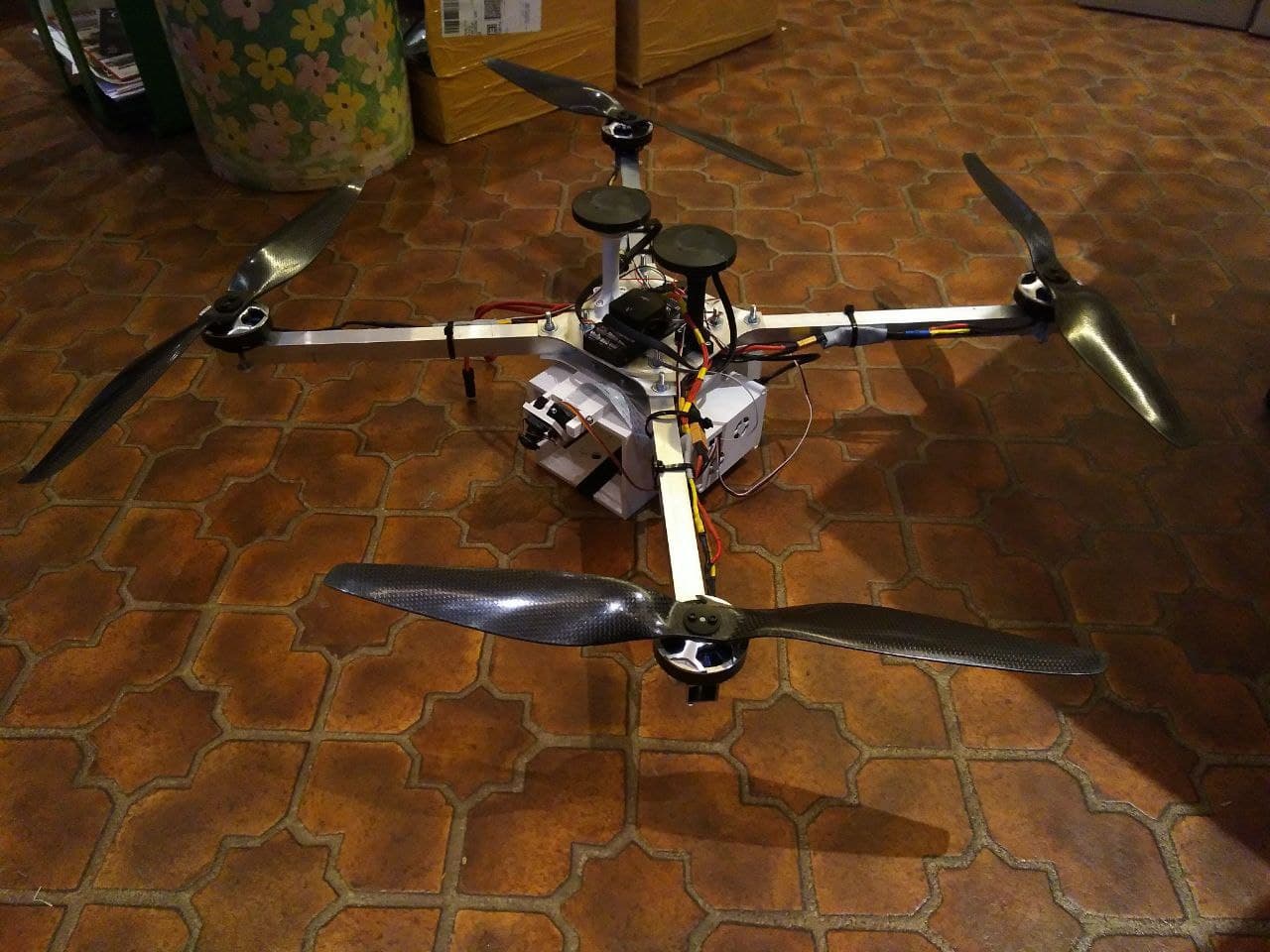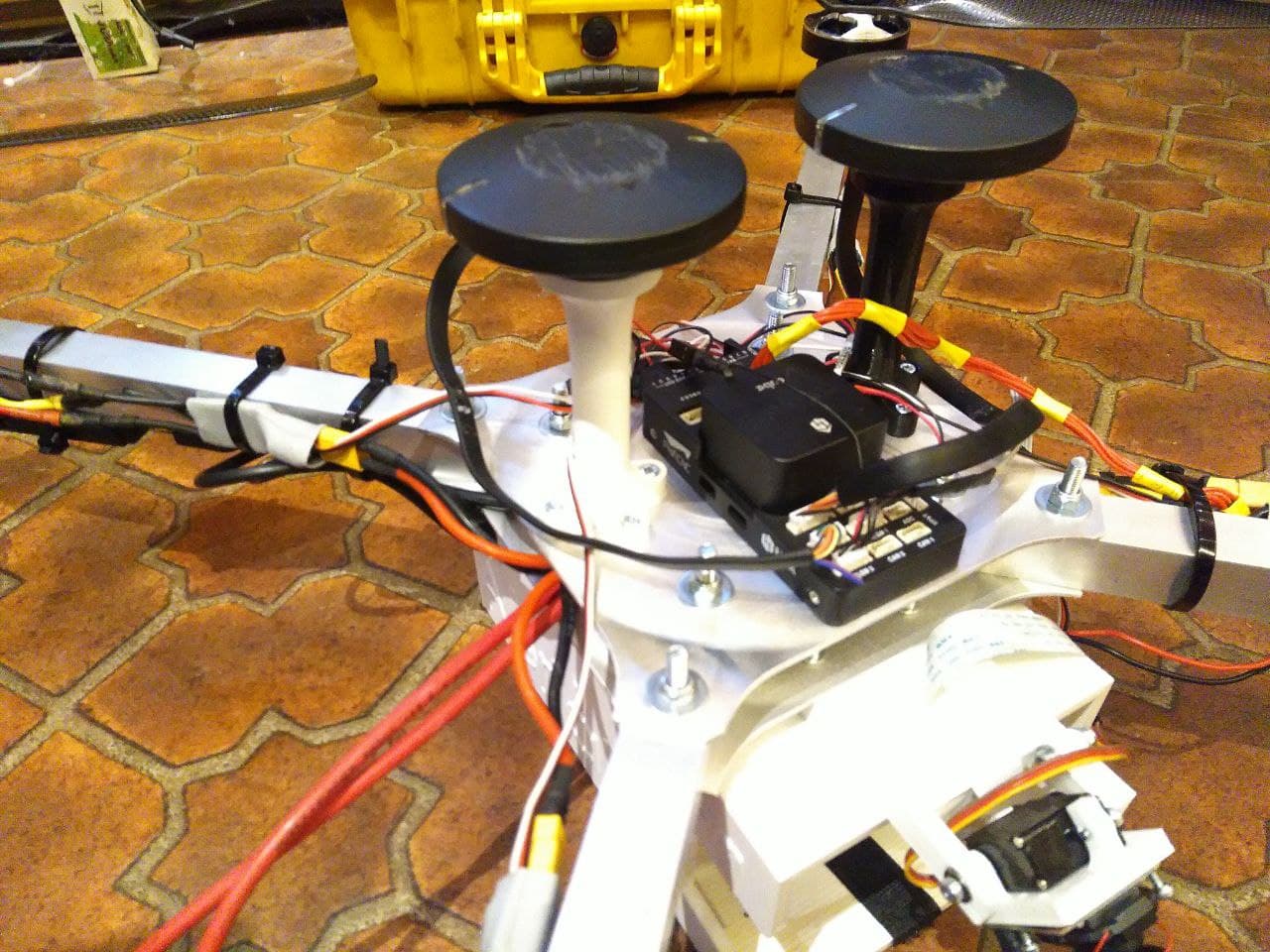Hey guys
thank you for your advice. sorry for letting you wait for a while. i had a issue with the GPS, was solved with replacing the carrier Board of the cube.
i then adjusted the values as proposed by Dave and made a test flight. flown pretty well, similar like before but a little less aggressive, especially the yaw.
so i performed the auto tune in Loiter, after it was done i tested the flight behavior and noticed that it was worse than before. especially in loiter, holding the position was way less accurate than with the old PIDs. so i landed with the switch Autotune Off, charged the batteries and performed the auto tune in AltHold mode. The tuning for the Yaw took a little longer than the Pitch and Roll. anyway it succeded, flight behavior was better than the (loiter) autotune before but still not better than the old PIDs. so i landed again in Autotune Off to return to the old PIDs.
i must have missed something, the first time i made the autotune with the notch filter off, it was a huge difference after…
i am pretty happy with how it behaves now (at least with the small battery, didn’t test the big), but i am wondering why the auto tuning was no satisfying success.
The Log Files are available under the same download link like mentioned above.
Thank you for your help.
Here some Pictures of the Quad:


